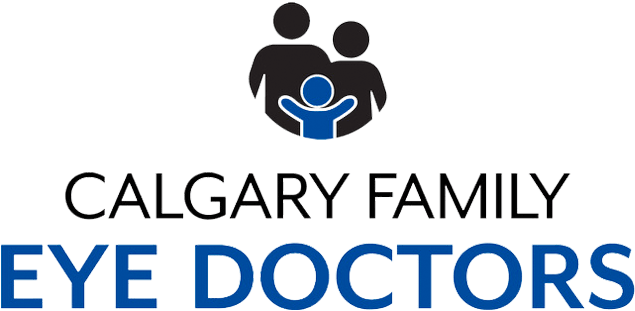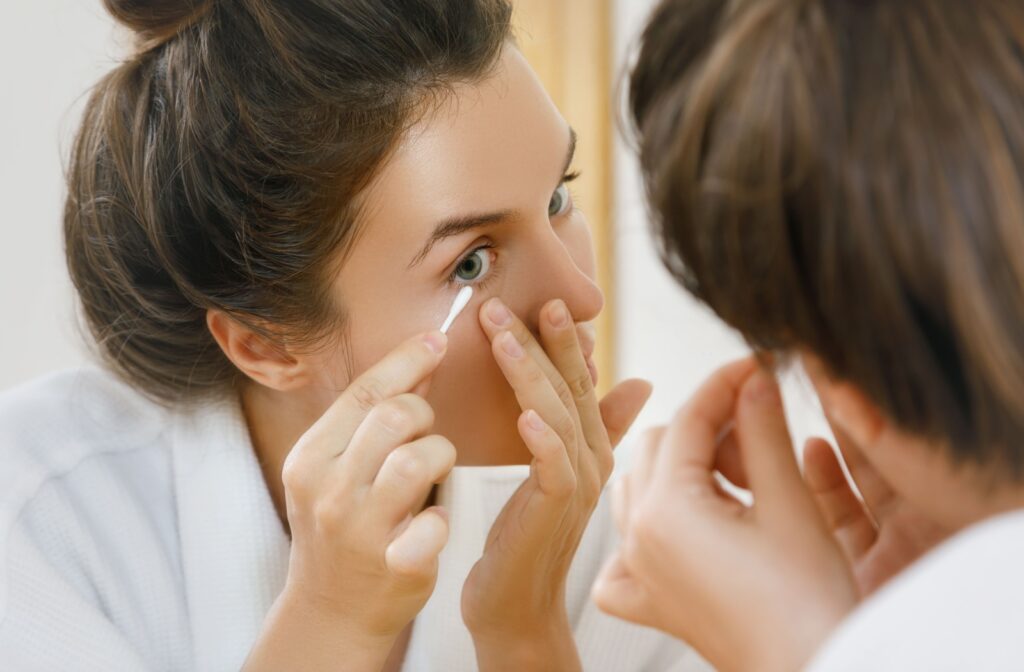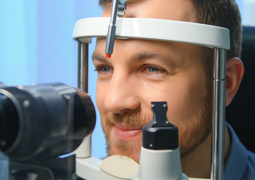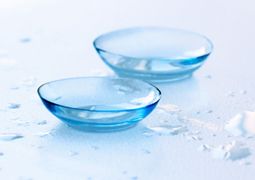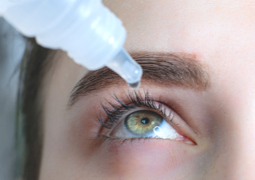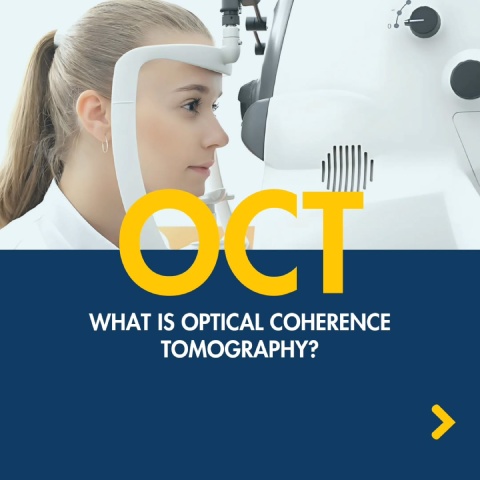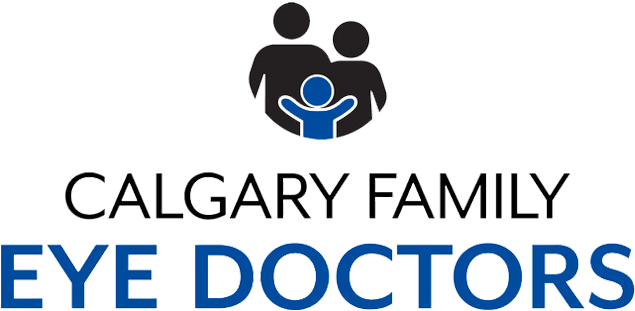People with dry eyes know all too well the discomfort of constantly feeling like something is in their eye. However, many might not realize that clogged meibomian glands can result in chronic dry eye.
Your eye doctor can help determine appropriate treatment methods, such as warm compresses, gentle massage, and lid hygiene, to help unclog these glands and improve their function.
What is Meibomian Gland Dysfunction?
Meibomian gland dysfunction (MGD) is a common eye condition in which the tiny meibomian glands along the edges of your eyelids become blocked. These glands secrete oils that keep your eyes moist and comfortable. When they become clogged, this can lead to dry eyes, irritation, and blurred vision.
MGD is prevalent among people of all ages but is more common in older adults. It often goes unnoticed until it significantly affects eye health. Factors such as hormonal changes, contact lens wear, and even certain medications can contribute to the development of MGD.
Recognizing the signs of MGD can help you take proactive steps to address it before it leads to more severe eye problems. Regular eye check-ups with your optometrist can also play a vital role in early detection and management.
How MGD Contributes to Dry Eye
The primary function of the meibomian glands is to produce and secrete oils that form the outermost layer of the tear film. This oily layer helps prevent the evaporation of tears, keeping the eyes lubricated and comfortable. When these glands become blocked, the tear film grows unstable, leading to rapid evaporation of tears and dry eyes.
Dry eye caused by MGD can be particularly frustrating, as the symptoms often persist despite using artificial tears. This is because artificial tears primarily address the tear film’s water component, not the meibomian glands’ oily layer. Therefore, treating MGD is essential for long-lasting relief from dry eye symptoms.
How Do I Know if My Meibomian Gland is Blocked?
Identifying whether your meibomian glands are blocked involves paying attention to your symptoms and seeking a professional evaluation. Common signs of blocked meibomian glands include:
- Redness and swelling of the eyelids
- A gritty or sandy feeling in the eyes
- Increased sensitivity to light
- Blurred vision
- Chronic eye fatigue
If you experience any of these symptoms, consult with an eye care professional. They can thoroughly examine your eyelids and meibomian glands to determine if they’re blocked and recommend appropriate treatment options.
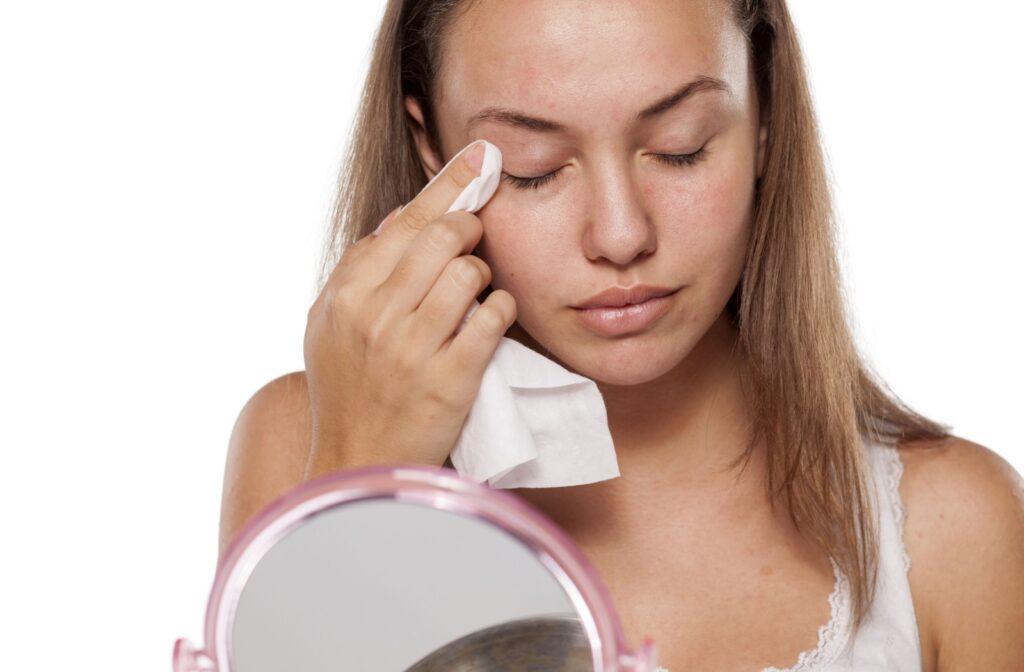
How Can I Unclog My Meibomian Glands at Home?
Before seeking professional treatment, you can try several effective home methods to unclog your meibomian glands and alleviate dry eye symptoms. These home remedies can help improve your glands’ function and relieve discomfort.
- Warm Compresses: Applying a warm eye mask over your eyes can help soften the oils in the meibomian glands and promote their secretion. To use a warm compress, heat the eye mask according to the manufacturer’s instructions, then place it gently over your closed eyelids for 5-10 minutes. Repeat this process several times a day for the best results.
- Lid Hygiene: Maintaining good eyelid hygiene is crucial for preventing and managing MGD. Cleanse your eyelids with a mild, hypoallergenic cleanser or eyelid wipes recommended by your optometrist. This can help remove debris and promote gland function.
- Omega-3 Supplements: Adding omega-3 fatty acids to your diet can improve the quality of the oils your meibomian glands produce. Foods rich in omega-3s, such as salmon, flaxseeds, and walnuts, can be beneficial. Alternatively, you can take omega-3 supplements, but it’s essential to consult with your healthcare provider before starting any new supplement regimen.
How Long Does it Take to Clear Meibomian Glands?
The time it takes to clear meibomian glands can vary depending on the severity of the blockage and the consistency of your treatment efforts. Some people may experience relief within a few days to weeks of starting home remedies, while others may require longer.
Consistency is key to managing MGD. Regularly using warm compresses, practicing good eyelid hygiene, and incorporating omega-3s into your diet can help maintain the function of your meibomian glands and prevent future blockages.
How Your Eye Doctor Can Help
If you are experiencing any eyelid or eye irritation, it’s important to schedule a comprehensive eye exam.
During the exam, we’ll thoroughly evaluate your eyes to determine the root cause of your discomfort. Based on our findings, we will recommend personalized treatment options to alleviate your symptoms, improve tear function, and provide lasting relief for your eyes. Don’t wait—early diagnosis and treatment can prevent further complications and improve your overall eye health.
Calgary Family Eye Doctors understands that many different factors, both internal and external, can exacerbate dry eye symptoms. Contact us today to book a comprehensive eye exam so we can recommend an appropriate treatment to relieve your dry eye symptoms.
